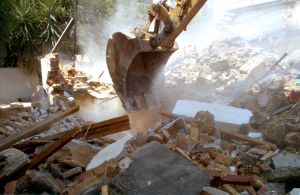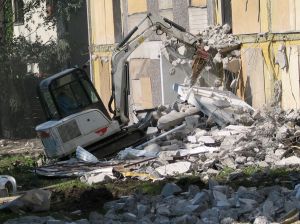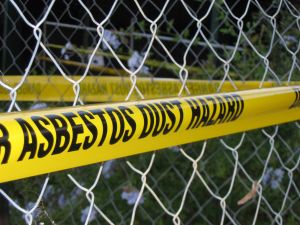A petition filed by a Baltimore attorney could breathe life into approximately 13,000 long-dormant asbestos cases, and potentially affect the way mesothelioma cases across the country are handled. 
Our Boston mesothelioma lawyers are closely following the developments of this case, which targets how the capitol city of Baltimore handles the very large number of mesothelioma lawsuits that began to be filed in the late 1980s and early 1990s.
Once the 1990s rolled around, the city set up a two-tiered system in order to handle the flood of asbestos lawsuits being filed against companies for negligence in knowingly exposing workers, consumers and the general public to the deadly compound. The Baltimore system involved shuffling the sickest people in the front of the line, so to speak, giving them priority. Meanwhile, those who claimed exposure but had no symptoms were sent to the end of the line.
After establishment in Baltimore, this same system was then copied by numerous other jurisdictions across the country. Consolidated cases have become exceedingly rare since then, and only a few number of cases from the “back-burner docket” go to trial each year in each district. That’s a huge number of plaintiffs who have been left to languish indefinitely. (It’s estimated some of these cases could take as long as four decades to get their day in trial, by which time almost everyone involved will surely be gone – or close to it.)
The system may have made some sense at the time. But the problem is, many of those people who were sent to the end of the line are now very sick, having been formally diagnosed with mesothelioma. This is an asbestos-caused cancer that takes years to manifest, and then when it does, it progresses quickly and is fatal. Because of this and due to the congestion of these cases in the courts, these plaintiffs have no realistic opportunity to have their cases heard before they pass away.
So this is where the Baltimore attorney is trying to enact change in the system. He is proposing to revert back to an earlier method of handling the voluminous number of asbestos cases. That method involved having the circuit court consider a large number of cases all at once by using a few examples to establish a broad correlation between illness and asbestos. This would effectively allow plaintiffs to sue in groups, based on their general circumstances, instead of having to wait years to have their case heard individually.
If the court approves the proposal, it could mean some 13,000 old cases would be brought back to to the table.
Of course, the defendant lawyers are vigorously opposing this effort, calling it a “backdoor attempt” to push them into settling cases that can’t stand on their own merits. They argue that returning to the old method would mean a violation of their right to a fair hearing.
It will be up to the circuit judge to decide if this is true and if so, if the degree to which it’s true trumps the plaintiffs’ right to have their cases heard before they die.
It’s not clear when a decision may be forthcoming, but we will certainly keep you posted.
Continue reading
 Mesothelioma Lawyers Blog
Mesothelioma Lawyers Blog












